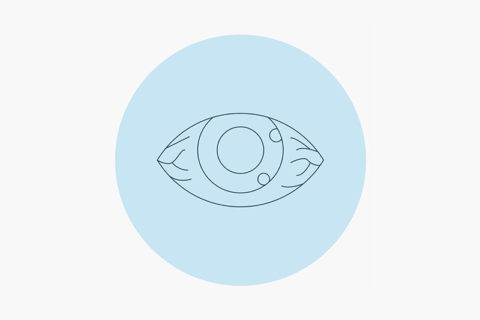Simply stated, a cataract is a clouding of the natural lens of the eye. Situated just behind the pupil, the natural lens is responsible for helping to focus light and provide clear vision. Ideally, the natural lens is supposed to remain clear throughout one’s life. Unfortunately, as a result of age or other medical or environmental conditions, a cataract may develop, i.e. any portion of the lens substance becomes cloudy. As such, the light that enters the eye can become scattered or poorly focused. The result is a blurry image.
The cataract may progress to a significant level such that it begins to interfere with activities of daily living like driving, reading, or watching television. It is at this time that cataract surgery is often considered. To restore clear vision, the cataract is surgically removed from the eye and replaced with a clear artificial intraocular lens (IOL).
Artificial lenses have been implanted in human eyes for over 50 years. The surgical techniques have drastically improved since the early days of cataract surgery and so has the IOL implant technology. Assuming an otherwise healthy eye, one can now expect a painless procedure that usually takes only minutes to perform, with a relatively short recovery time, and excellent post operative vision once the eye has completely healed.
Despite their high quality and excellent tolerability within the eye, IOLs have never been able to provide the ability to see both distance and near clearly at the same time, until recently. Patients have traditionally had the option of good distance vision with the need for reading glasses for near work, or good near vision with the need for distance glasses, but not both. For many people, the need for glasses after cataract surgery is a small price to pay for improved vision.
For others however, their lifestyle needs are more demanding and they wish to reduce their dependence on glasses as much as possible over all distances, far and near. Thankfully, now there are all new options available such as multifocal IOL implants that allow patients to completely forgo dependency on glasses for both far and near vision. Even for patients with astigmatism that we were previously unable to correct, there are now a multitude of options in intraocular lens that allow us to correct these errors and provide glasses-free vision to our patients post surgery.




